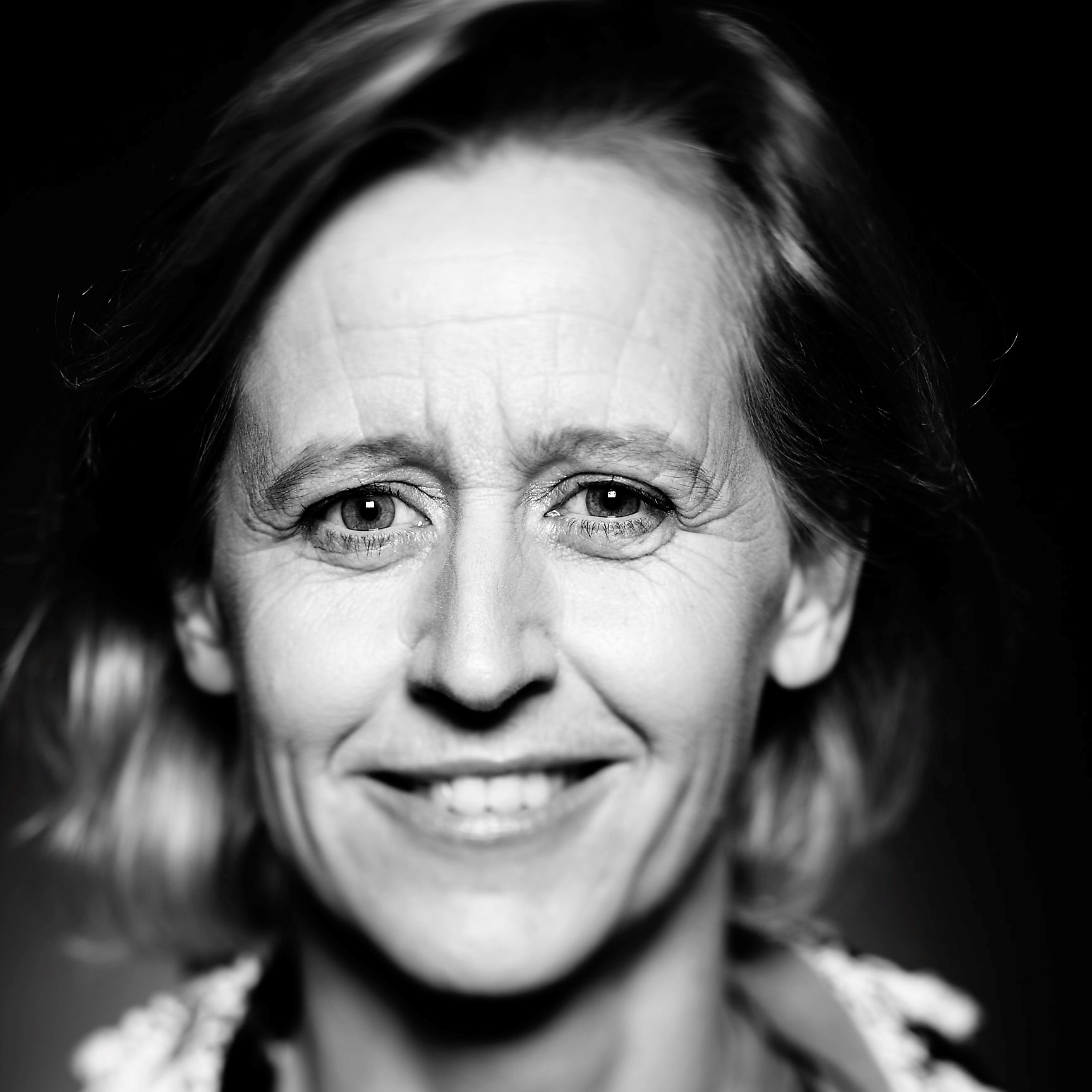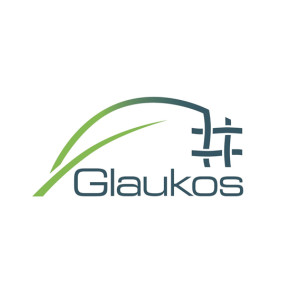 \
&
Contact us
\
&
Contact us
 \
&
Contact us
\
&
Contact us
As a co-programmed partnership, Built4People brings together the public sector (the European Commission) and the private sector (ECTP and WorldGBC Europe) with the aim of channelling funding for the built environment, ensuring it is invested in projects which will accelerate innovations towards a sustainable, people-centric transformation of Europe’s built environment sector.
The objectives are scientific (generate holistic innovation for sustainability), economic (revitalise the sector via sustainable operation) and societal (induce behavioural change towards sustainable living). The objectives will be reached through a user-centric approach.
Various topics in the Horizon Europe cluster 5 work programme bear the label "Built4People". These topics contribute to achieving the objectives of this co-programmed partnership.
Partnerships group the EC and private and/or public partners, to coordinate and streamline the research & innovation initiatives and funding in some selected key domains.

Ria.debreucker@vlaio.be

Bio Base Europe Pilot Plant coordinated the Glaukos project, which answered the call topic published in 2019 of Horizon 2020 Framework Programme ‘Develop bio-based fibres and/or functional molecules to improve the performance of textile products’ under the Framework of the Bio-based Industries Joint Undertaking (BBI JU). The consortium partners took up this challenge by valorising industrial side streams and setting up a circular approach to the textile industry.